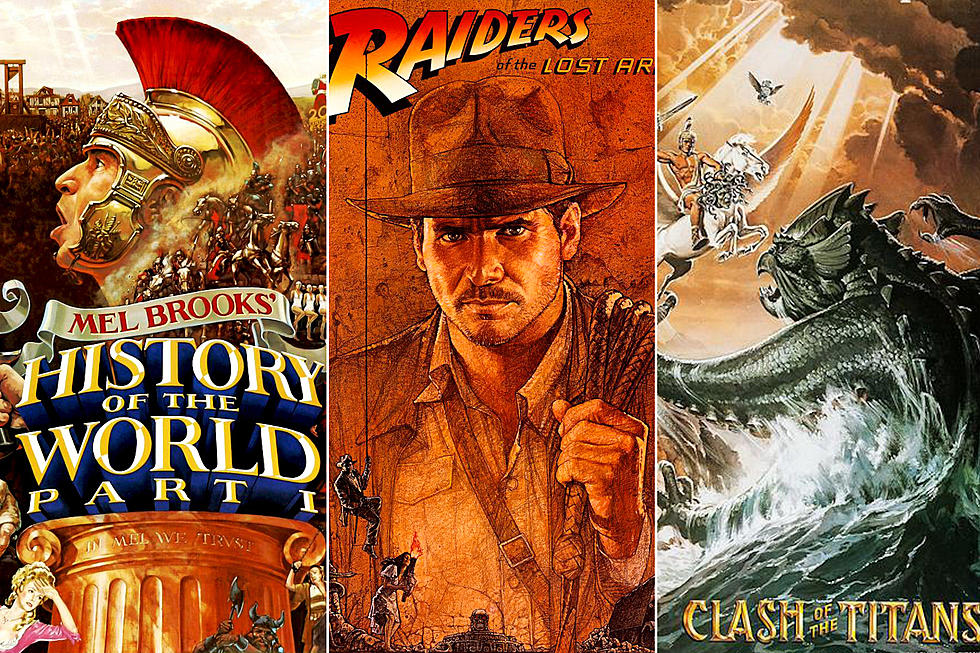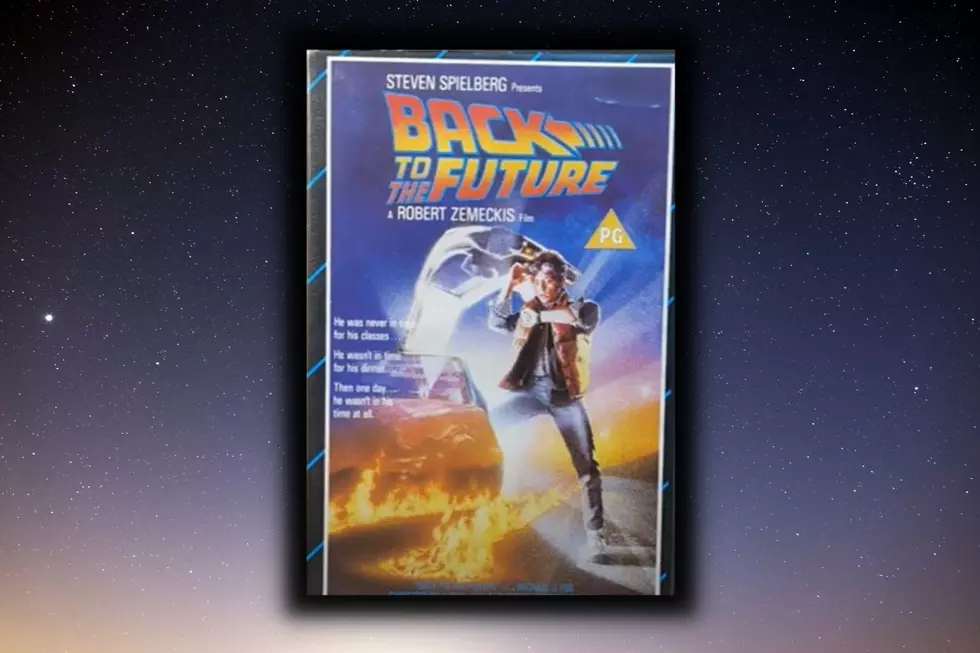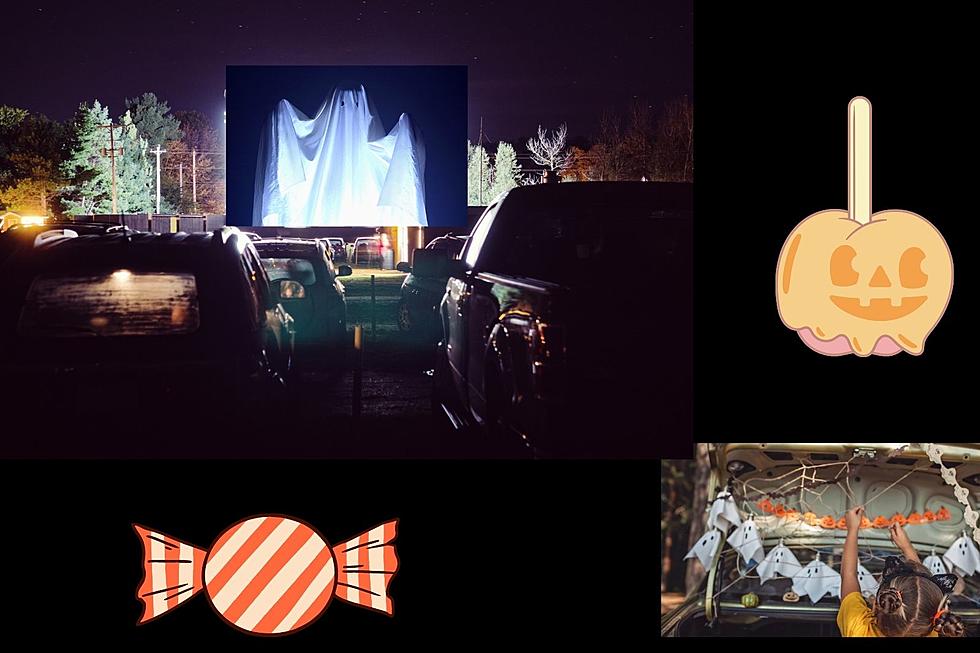
40 Years Ago: Three Movies Signal the Birth of the ’80s
If there is ever a Hall of Fame of '80s Cultural Life, the date June 12, 1981 will have a display all of its own. This is because on that long ago Friday, were you a fan of movies, you would have been treated to the spectacle of having three memorable films open on the same day, all of which helped signal that a new moment in pop-culture had officially begun.
The films were Mel Brooks' History of the World, Part I, Clash of the Titans, and Raiders of the Lost Ark. In their own ways, each represented a sea change in American movies, as the industry moved away from what it had been doing in the '60s and '70s, and began to focus on making the kind of light, campy and youth-oriented products that would come to dominate the screen in the '80s.
History of the World, Part I is the goofiest of the three films. Basically a sketch comedy collection, it is narrated by Orson Welles, includes an almost un-countably large ensemble cast, and consists of five episodes covering the history of humanity from the stone age through the French Revolution. Some of these are brief and ridiculous. The chapter on the Old Testament, for example, consists of a single joke: Brooks, playing Moses, wanders down off Mount Sinai, carrying three stone tablets inscribed with fifteen commandments from God. Then he fumbles one, breaking it, reducing the number of commandments to ten.
Others are much more involved. The chapter on the Roman Empire features Brooks as a stand-up comedian named Comicus, who delivers a routine in front of Emperor Nero (Dom DeLuise), only to offend the emperor and be condemned to death. Hijinks, chronology busting (the scene where they enter the emperor's palace was shot at Caesar's Palace in Los Vegas), and scatological humor ensues. There's also a knock-off musical section (dealing with the Spanish Inquisition), and a trailer for a sequel (which Brooks never intended to make) that features bits about Hitler and a parody of Star Wars (anticipating Brooks' Spaceballs from 1987).
Although there are moments of inspired comedy, it's far from Brooks' best work and shows him struggling to adapt his material to the changing landscape of the time. He started his career with an astounding string of six films, of which at least four (depending on your taste) are comedic masterpieces: The Producers, The Twelve Chairs, Blazing Saddles, Young Frankenstein, Silent Movie, and High Anxiety. These motion pictures combined broad humor with a surprisingly sophisticated palate of references, and were aimed in particular at an audience prepared to catch a wide range of cinematic references.
History of the World, Part I, on the other hand, feels like an attempt to trade in on the stoner humor of the latter half of the '70s (with things like Cheech & Chong and Caveman) and also as if Brooks is trying to take some of the sophistication of reference out of his own work in order to appeal to a younger audience. An acidic story about an attempt to put on a musical about Hitler or a cleverly-reworked telling of Frankenstein, this is not.
The second of the films release on June 12, 1981 – and the weirdest of the three – was Clash of the Titans. The story begins when when Perseus (Harry Hamlin) is exiled from his homeland of Argos as a baby, because of some interminable bickering among the gods. (Who are all played by remarkably famous actors: Laurence Olivier, Maggie Smith, Ursula Andress and Claire Bloom.) The movie follows Perseus as he grows up and sets out – with the help of a magical sword, shield and helmet, along with a divinely inspired mechanical owl named Bubo – on a long quest to regain his rightful place as the ruler of Argos.
There is definitely a good deal of charm in the movie. It was the final one for legendary stop-motion animator Ray Harryhausen, a genius who should never, under any circumstances, be calumnied. And his effects here are magical at moments: his Medusa sequences retain their power, and his presentation of Bubo is the kind of thing that kids will still fall all over themselves about.
But for the most part, as with Brooks' work, the film feels as though it's not quite keeping up with the times. The pacing is slow (though not tedious), a throwback to the sword-and-sandals epics of previous decades; the characters have an operatic feel, pulled this way and that by larger than life emotions; and the creaky stop-motion look doesn't quite work when it's combined with the post-production special effects that were beginning to take hold in the '80s.
The combination of all this can be endearing, but it's also slightly jarring and makes the movie feel a bit like the floundering attempt of filmmakers trying hard to keep up with the new big-budget, spectacular cinematic trends that were emerging, but unable to because of their reliance on worn-out techniques. (The 2010 remake, incidentally, did well in theaters and created a catch phrase for the ages – "Release the Kraken!" – but managed to drain all the loveable oddness out of the original, turning it into little more than "content.")
While the first two movies released on June 12, 1981 sputtered, the third triumphed. Raiders of the Lost Ark, Steven Spielberg's first film of the 1980s, helped established the direction that American cinema would take in that decade. And, in contrast with History of the World and Clash of the Titans, it did this by taking the successes of the past and translating them into a new vision for the future.
The plot introduced viewers to Indiana Jones (Harrison Ford) a swashbuckling archeologist and whip-maestro in the years before the outbreak of World War II. When Jones discovers that the Nazis have located the possible resting place of the Ark of the Covenant, which carries the tablets holding the ten commandments (down from fifteen, as Brooks informed us), he decides that he has to get it first. This leads to a race across the world, by airplane, boat, submarine, horse and truck, encounters with huge rolling boulders, snakes, sword-wielding bad guys, and a bunch of real nasty Nazis, all of it leading to a truly face-melting ending.
In turns exciting and comedic, and directed with a panache that may never have been matched in the action/adventure genre, Raiders triumphed by re-engineering old materials to meet a new age.
The plot and feel of the film – along with many of the visuals – paid open homage to a huge variety of action and adventure films from the previous fifty years of cinema history. Its whip-wielding hero called back to the days of Errol Flynn, its fantastic action sequences were drawn from innumerable Westerns and early adventure films, and its romantic storyline and wisecracking heroine were pulled straight out of the screwball comedies of the 1940s. But its childlike charm, blend of violence and humor, and sunny assurance that good would triumph over evil – all of these fit perfectly with the era of Reagan. In this, it signaled once and for all that a new day in American film had dawned.
Had you been a filmgoer on that day in the summer of 1981, you might have been able to see all three movies in the same theaters (the age of the multiplex was just dawning). Popcorn and soda in hand, you likely would have enjoyed them all for different reasons. And in the end, all three movies are still worth revisiting. Two because they remind us of what came before, and one because it reminds us of what movies in the '80s would be all about.
Mel Brooks Movies Ranked
More From KLUB Tejano 106.9
![Scariest Movies Filmed in Texas! [With Trailers]](http://townsquare.media/site/202/files/2022/10/attachment-Google-Maps.jpg?w=980&q=75)




![The 10 Weirdest Movies Filmed In Texas [With Trailers]](http://townsquare.media/site/442/files/2020/04/movie-theater-popcorn.jpg?w=980&q=75)




